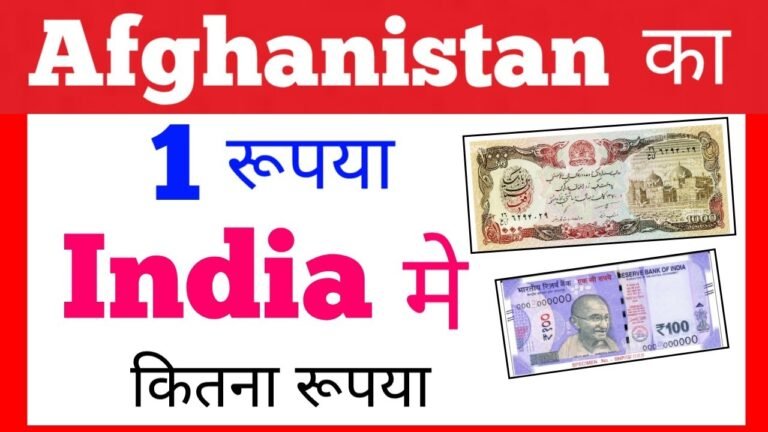
In a startling turn of events, the torrential rains battering the southern Brazilian state of Rio Grande do Sul have raised eyebrows and sparked suspicions of artificial weather manipulation. As the region grapples with the aftermath of devastating floods, questions arise about the origins of the unprecedented rainfall.
The heavy rains, which began in early May and show no signs of abating, have unleashed havoc on the region, claiming at least 39 lives and leaving another 68 individuals missing. Entire cities have been inundated, with infrastructure crumbling under the force of the deluge. Electricity, communications, and water services have been severely disrupted, compounding the challenges faced by those affected.
But amidst the chaos and devastation, a growing chorus of voices is calling attention to the possibility that the rains may not be entirely natural. Speculation is rife that the extreme weather could be the result of artificial weather modification techniques, such as cloud seeding or other forms of geoengineering.
While concrete evidence to support these claims is still elusive, the timing and intensity of the rains have raised suspicions among experts and observers alike. Some point to the coincidence of the downpour with other geopolitical events, suggesting a possible motive behind the alleged manipulation of weather patterns.
The notion of artificial weather manipulation is not without precedent. In recent years, concerns have been raised about the potential use of such technologies for various purposes, including agricultural enhancement, drought alleviation, and even military applications.
In the wake of these suspicions, calls for an investigation into the origins of the heavy rains are growing louder. Authorities are urged to conduct a thorough inquiry to determine whether external factors may have played a role in exacerbating the natural disaster.
As the rains continue to pummel the region, the uncertainty surrounding their origins adds another layer of complexity to an already dire situation. The people of Rio Grande do Sul, already reeling from the devastation wrought by the floods, are left to grapple with the unsettling possibility that the forces of nature may have been manipulated for unknown ends.
As the investigation unfolds and more information comes to light, one thing remains clear: the need for solidarity and support for those affected by the floods, regardless of the cause. Whether natural or artificial, the impact of the heavy rains is undeniable, and the road to recovery will be long and challenging.








